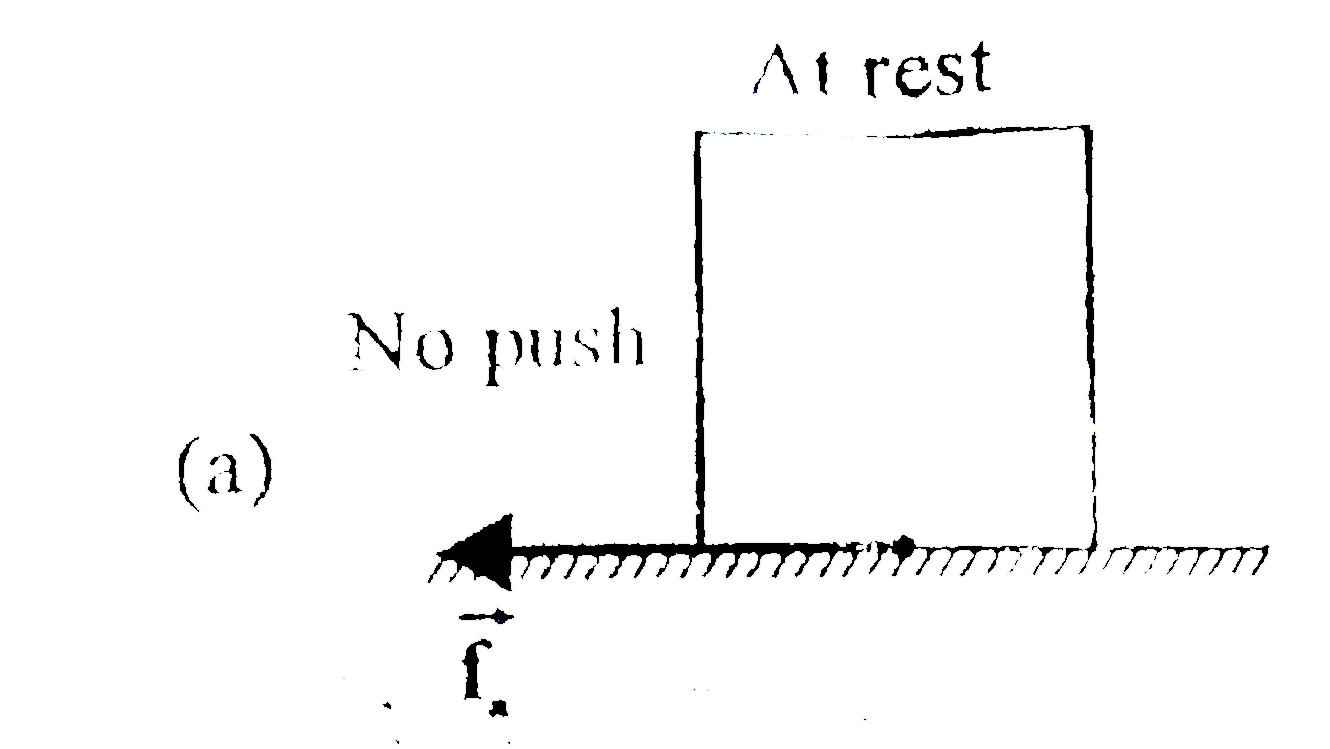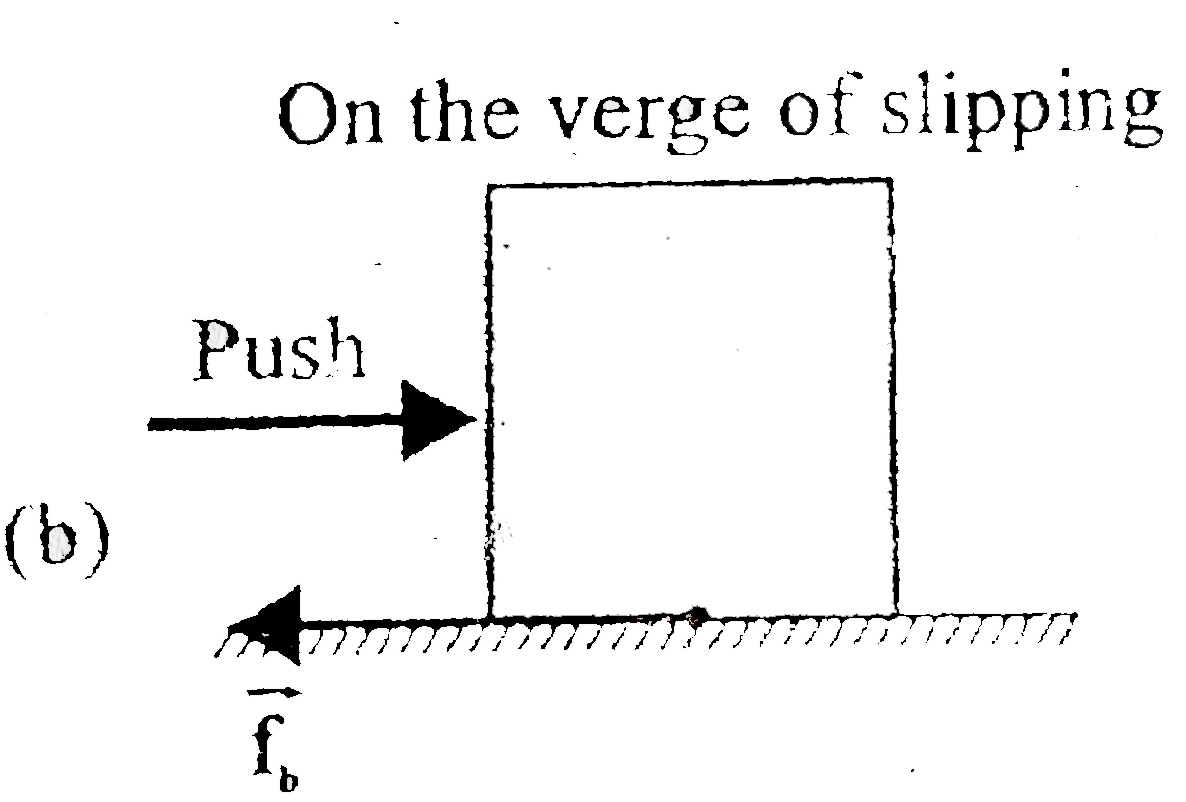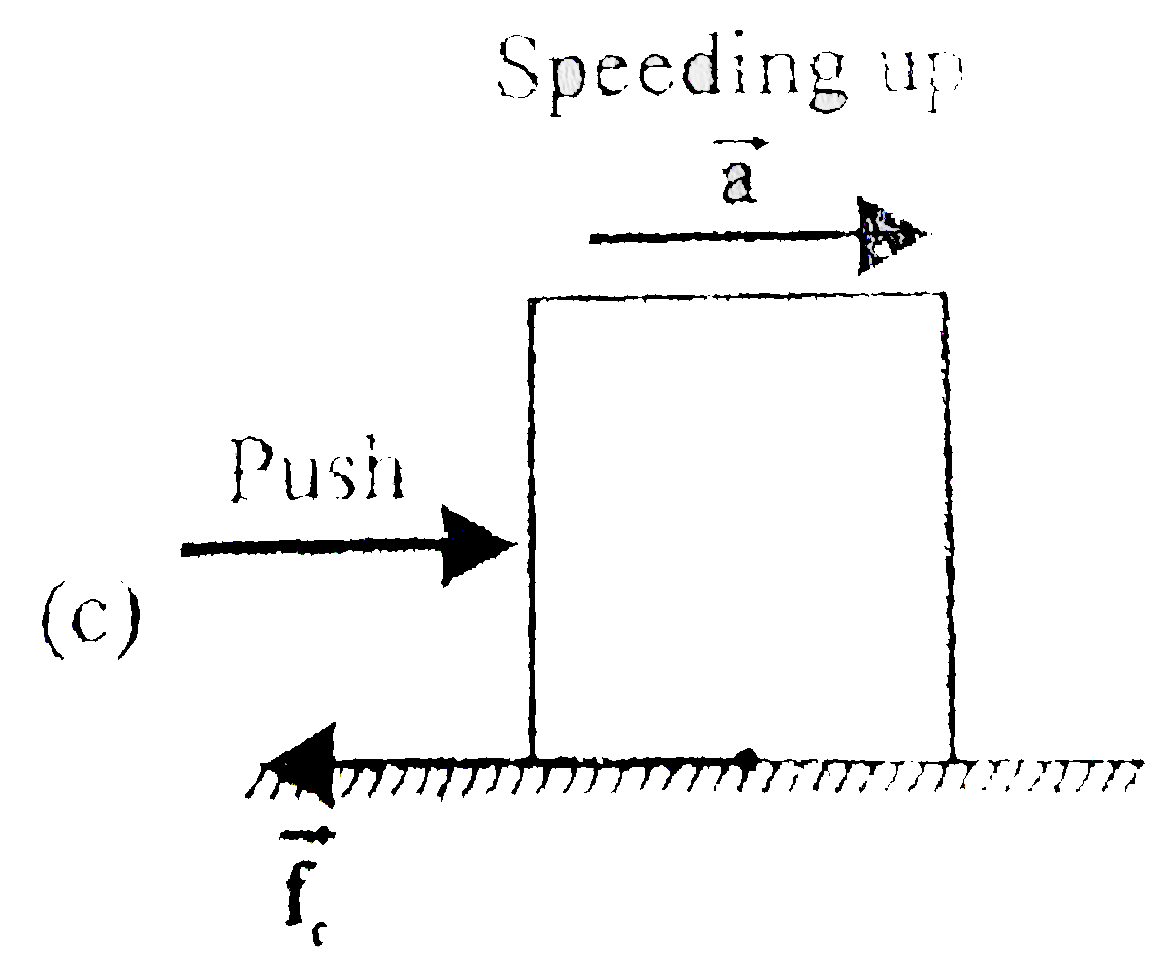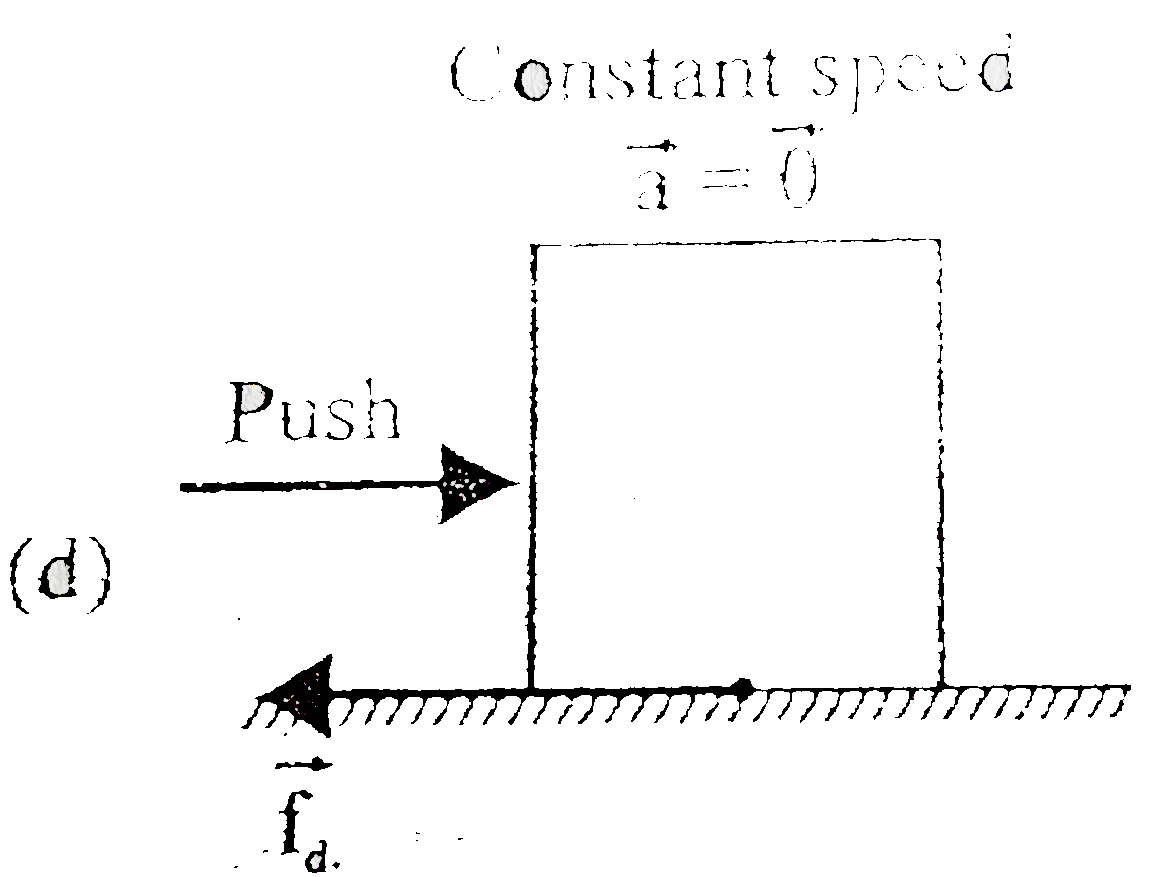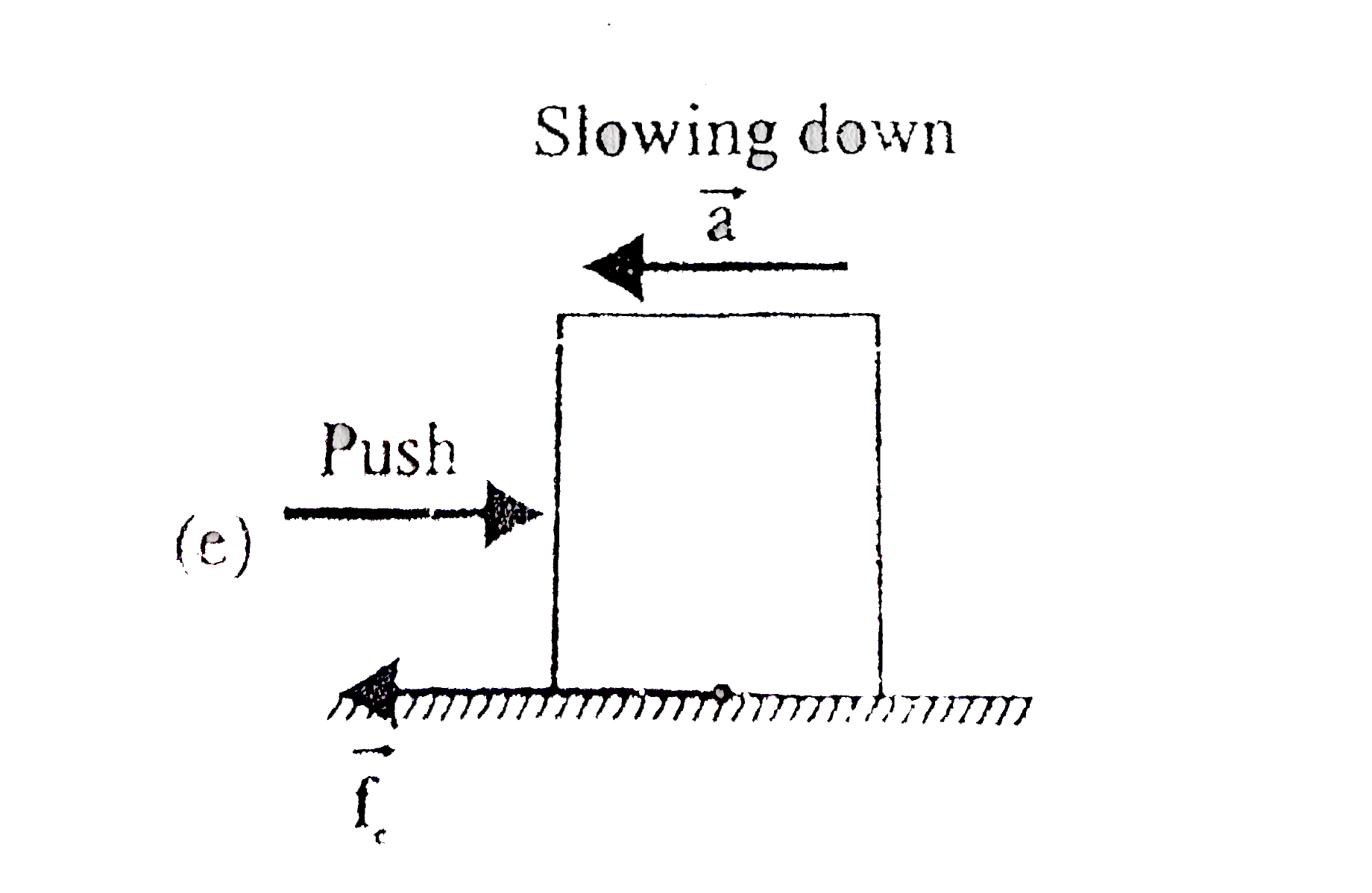A
B
C
D
Text Solution
Verified by Experts
The correct Answer is:
|
Topper's Solved these Questions
TEST PAPER
ALLEN|Exercise PHYSICS|4 VideosView PlaylistTEST PAPER
ALLEN|Exercise PHYSICS|4 VideosView PlaylistSIMPLE HARMONIC MOTION
ALLEN|Exercise Example|1 VideosView PlaylistTEST PAPER 1
ALLEN|Exercise PHYSICS|11 VideosView Playlist
Similar Questions
Explore conceptually related problems
ALLEN-TEST PAPER-Exercise (Physics)
- A block of mass 2 kg is connected with a spring of natural length 40 c...
03:29
|
Play - A block of mass 2kg is pushed down an inclined plane of angle 37^(@) a...
03:08
|
Play - Rank in order, from largest to smallest, the sizes of the friction for...
03:34
|
Playing Now - Determine the time in which the smaller block reaches other end of big...
03:51
|
Play - Sixteen beads in a string are placed on a smooth inclined plane to inc...
04:56
|
Play - A pebbel is thrown horizantally from the top of a 20 m high tower with...
01:52
|
Play - A stone is thrown at an angle theta to the horizontal reaches a maximu...
01:07
|
Play - A particle travels with speed 100m//s from the print (10, 20) in a dir...
02:17
|
Play - The motion of a particle is defined by the position vector vec(r)=(c...
01:23
|
Play - A car goes A to B along the path with constant accelertion "a" as show...
02:53
|
Play - A ball is thrown vertcally upwards with a velocity v and an intial kin...
02:34
|
Play - In a second ODI match between England and India Bhuwnesh kumar bowled ...
04:42
|
Play - In a second ODI match between England and India Bhuwnesh kumar bowled ...
02:30
|
Play - In a second ODI match between England and India Bhuwnesh kumar bowled ...
02:15
|
Play - A particle is projected vertically upwards with a speed of 16ms^-1. Af...
04:17
|
Play - The potential energy between two atoms in a molecule is given by U=a...
02:21
|
Play - An elevator with passengers has a total mass of 800 kg and moves slowl...
01:40
|
Play - A uniform chain of L length and M mass, two third part of chain is on ...
04:01
|
Play - A body of mass 2 kg is kept on a rough horizontal surface as shown in ...
02:08
|
Play - A body displaced from (1,1) to (2,2) along the line y=x under the forc...
02:11
|
Play
